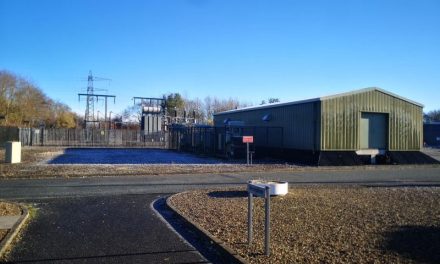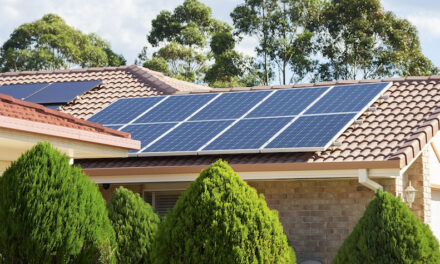By Dr Graham Ault, executive director, Smarter Grid Solutions

Last year was a big year for the energy market in the UK. We saw declarations of climate emergencies from a wide variety of public and commercial organisations. We saw large additions to the renewable energy fleet, extended multi-day zero coal generation operation and >50 per cent clean energy moments in the grid. Then there was the small but significant growth of EVs and ambitious targets and deadlines for net zero carbon operation for the coming decades.
With many significant developments in the climate and clean energy domain in 2019, and with the clear onward march towards a renewable and decentralised electrical power system, we look forward to more positive developments made in 2020.
Here are some of our predictions for the energy system in 2020, with a focus on our domain of clean, distributed, smart, flexible energy.
Science and policy
We expect more clarity of communication of climate science, including accounts of the observed and experienced impacts of climate change (eg, extreme weather, ice cap/glacial melting, biodiversity and agriculture attrition). There are likely to be many more climate emergency declarations, 100 per cent renewables policies enacted, more ‘net zero target’ setting and a rolling forward of timelines to reflect the urgency. In 2020 Glasgow (Smarter Grid Solutions HQ) hosts COP26 and we expect more coherent policy announcements and heightened urgency for implementation.
Regulation
Regulators will respond to the climate science, policy, investment, customer demand and changes in the energy system through new market and system measures that tilt the sector towards clean energy. In the networks, we expect that investment plans will increasingly reflect decentralised, clean energy integration and enhanced customer participation with value attached for those that can flex to support a more dynamic system.
Means to monetise the value of customer participation, self-production and flexibility are likely to be ongoing trends, balanced by the need for fair contribution to grid infrastructure. Regulators will reflect the technical advances in energy and network technologies, system changes and opportunities, all while incentivising utility business model changes and the adoption of competitive, non-wired solutions to network infrastructure challenges.
Customers
With the wider citizenry being more climate aware and motivated, we expect more innovative customer value propositions from energy and network companies and a greater receptiveness to these from customers. New time of use tariffs, self-production benefits, network and system flexibility aggregation (eg, for EV charging) are likely to grow in numbers of offerings and uptake.
This will include growth in corporate Power Purchase Agreements (PPAs) to meet private and municipal clean energy targets, Energy as a Service (EaaS) solutions for those needing capital support in pursuit of their goals, dynamic tariffs for smart/flexible cost-conscious customers, and multiple energy vector solutions including flexible EV charging and heat solutions for those wishing a holistic approach to their energy needs at various scales (eg, business, municipal).
Technology
What is great is that many of the technologies needed for the energy transition are either currently in place or are coming soon.
But many of these technologies need to make the jump to commercially viable solutions to enable implementation at scale, for example, end-to-end supply chain, productisation and value engineering, while other technologies need effective system integration to manage the complexities of the electricity system and market.
The next 10 years
We can now see many of the effects of the last decade of innovation, policy, regulation and investment in the clean energy transition. At the same time, these changes are only the starting point for the complete decarbonisation of energy with the accompanying creation of a smarter, more flexible and more decentralised, customer focused energy system. The coming decade will see massive changes in the structure and experience of clean energy with a major shift from a select few markets to all corners of the world.





